Are you looking for effective ways to manage your future payments? With the right strategies, you can streamline your financial planning and avoid any unexpected surprises down the road. From setting up automated payments to creating a budget that reflects your goals, there are numerous approaches you can take to ensure financial stability. Join us as we explore some practical payment planning suggestions that can help you take control of your finances and secure a brighter financial future!

Specific payment terms and deadlines
Future payment planning requires careful consideration of specific payment terms and deadlines to ensure financial clarity and mutual agreement. Payment terms could include a net 30-day period, allowing clients to settle invoices within 30 days after receipt. Alternatively, a milestone payment structure may be proposed for larger projects, where 30% upfront and subsequent payments of 40% and 30% follow key project phases, aligning with deliverables. It is essential to establish a deadline for the final payment, potentially set for 60 days post-completion of the project to accommodate final reviews and adjustments. Regular payment reminders and a clear invoicing schedule can enhance compliance with deadlines, fostering a smoother transaction process. Such a structured approach not only promotes transparency but also helps both parties in financial planning and budgeting effectively.
Detailed budgeting and forecasting
Detailed budgeting and forecasting are essential financial practices that help individuals and organizations strategically manage their resources. Creating a comprehensive budget involves listing all anticipated income sources, such as salaries, dividends, or business revenue, alongside fixed and variable expenses including rent, utilities, groceries, and discretionary spending. Accurate forecasting relies on historical data analysis and market trends to predict future financial conditions, allowing for adjustments in spending and saving strategies. Effective budgeting methodologies, like the 50/30/20 rule, allocate 50% of income to needs, 30% to wants, and 20% to savings or debt repayment. Regularly reviewing the budget and updating forecasts helps in identifying potential shortfalls or surpluses, ultimately ensuring better financial health and decision-making in the ever-changing economic landscape.
Prioritization of expenses
When planning future payments, prioritizing expenses is crucial for financial stability and goal achievement. Fixed expenses include rent or mortgage payments, typically due on the first of each month, and essential utilities such as electricity and water, which may average around $150 to $300 monthly. Variable expenses like groceries, averaging about $400 for a family of four, should be budgeted carefully to avoid overspending. Additionally, savings for emergencies (recommended at least three to six months' worth of living expenses) should be factored into monthly planning to ensure a safety net in unforeseen circumstances. Prioritizing these expenses helps manage cash flow effectively and supports long-term financial health.
Contingency plans for unexpected costs
Contingency plans are essential for managing unexpected costs within financial planning. Implementing a budget reserve, typically 10-15% of the total budget, provides a safety net for unforeseen expenses, such as medical emergencies or vehicle repairs. Establishing an emergency fund, ideally containing three to six months' worth of living expenses, offers additional security against income fluctuations or sudden job loss. Utilizing financial management tools like personal finance apps (e.g., Mint, YNAB) can track spending patterns, helping identify areas for potential savings. Regularly reviewing insurance policies, including health, auto, and home insurance, ensures adequate coverage for unexpected incidents, minimizing out-of-pocket expenses. Engaging in proactive planning through regular budget assessments can enhance financial resilience in times of unpredictability.
Regular review and adjustments to the plan
Regular reviews of payment plans are crucial for ensuring financial stability. Adjustments may be necessary due to fluctuating personal budgets or market changes. The Consumer Financial Protection Bureau suggests revisiting payment plans quarterly to assess performance against objectives. In addition, factors such as changes in income, unexpected expenses, and interest rate adjustments can impact the effectiveness of existing payment strategies. Keeping track of these variables helps in reallocating funds more efficiently and can also prevent potential late fees. Utilizing budgeting tools like spreadsheets or financial apps can simplify this process, making it easier to identify areas requiring adjustment.

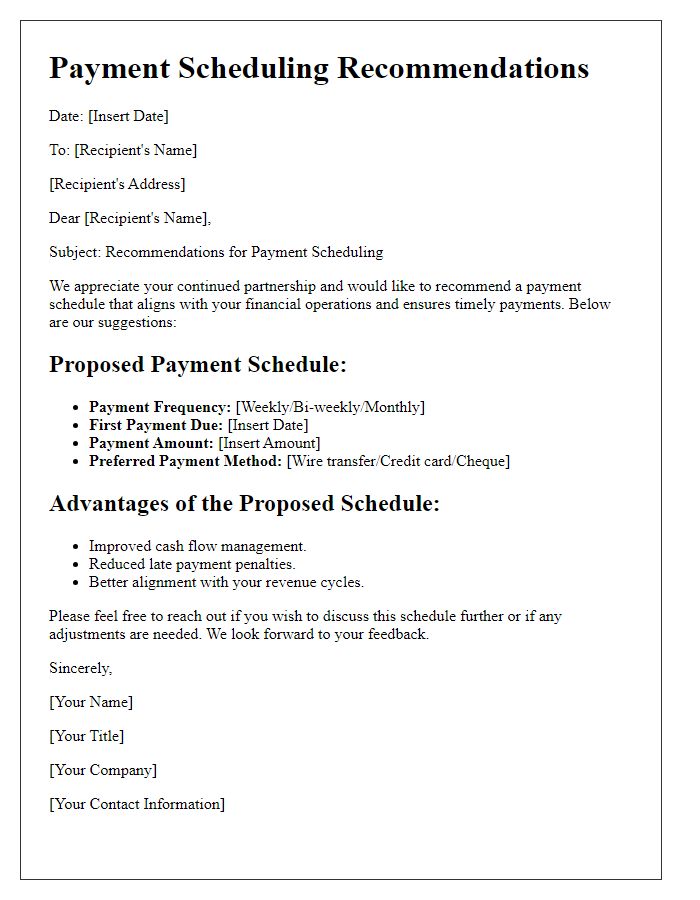
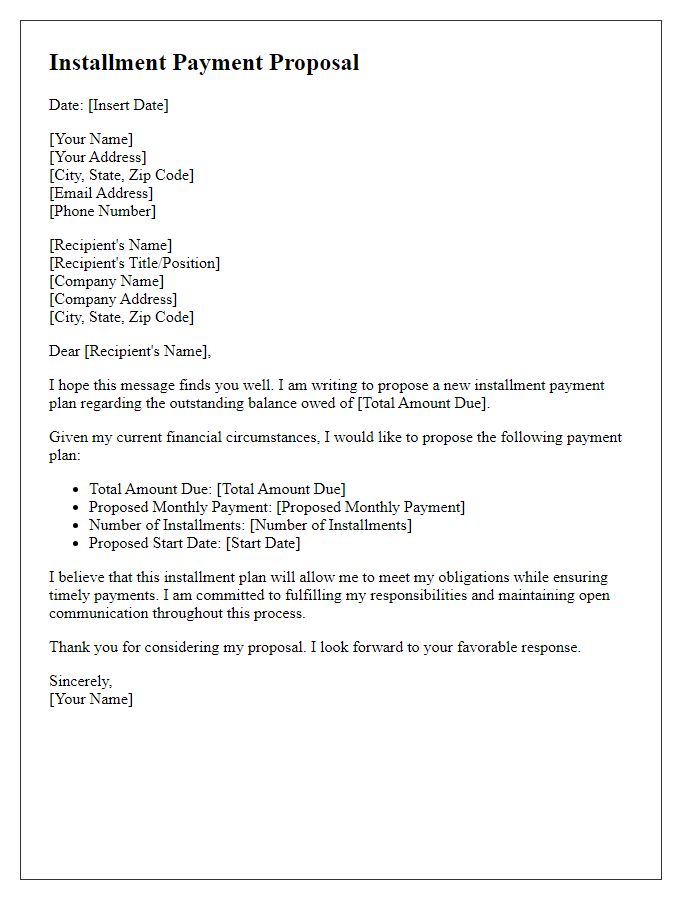
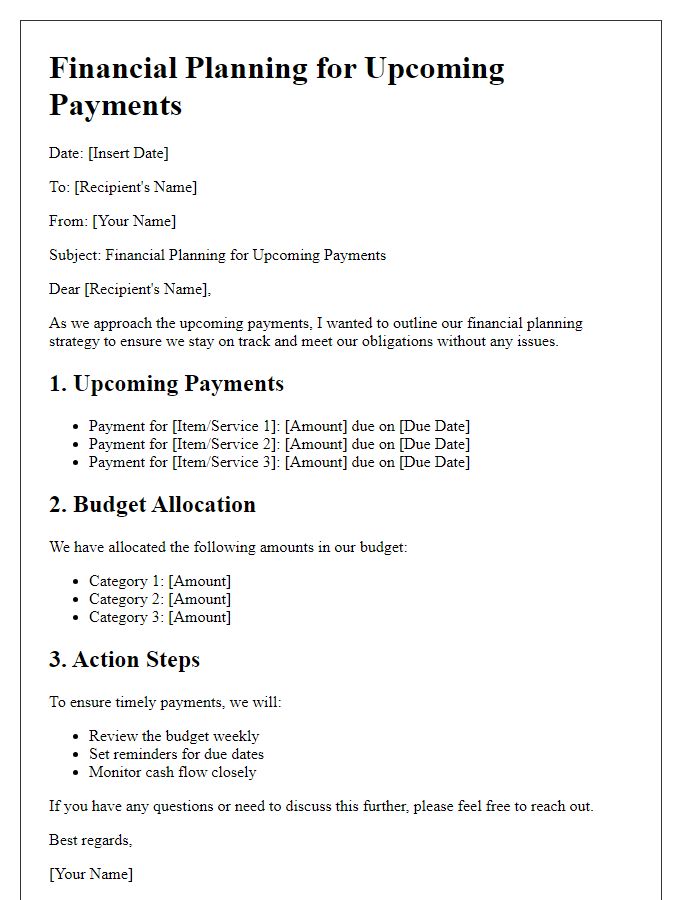
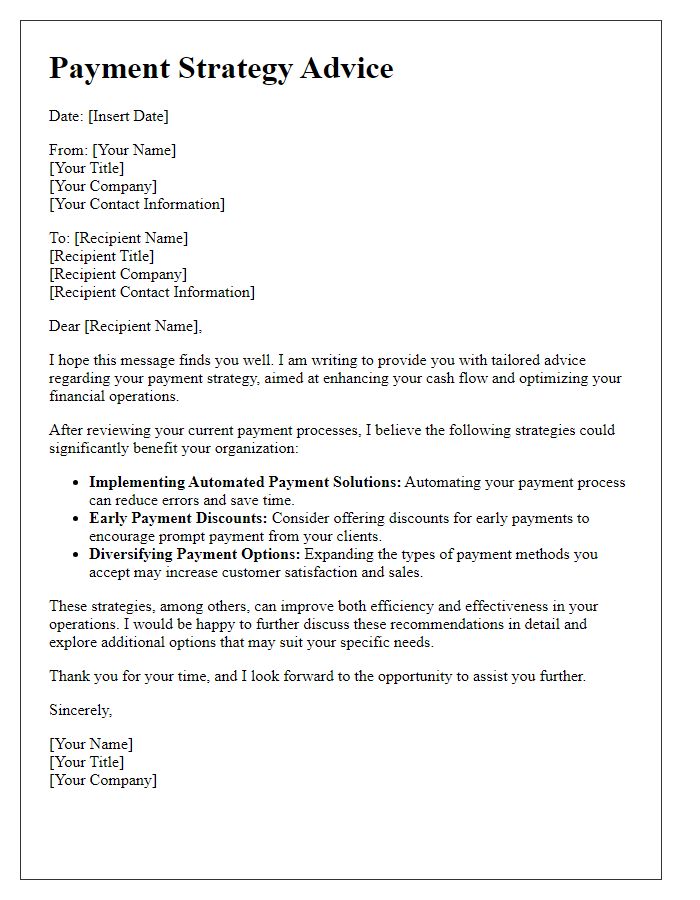
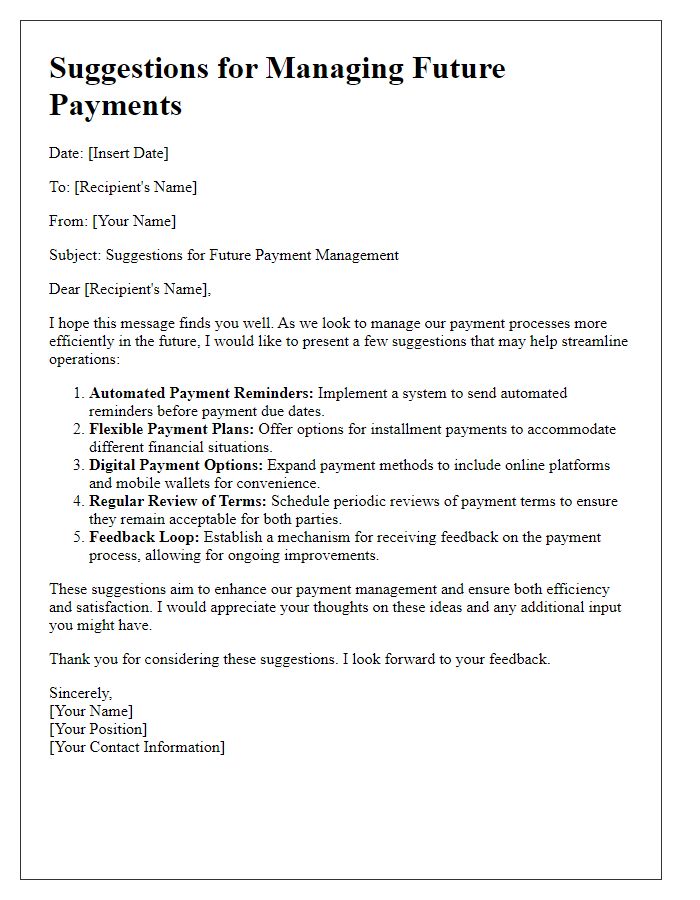
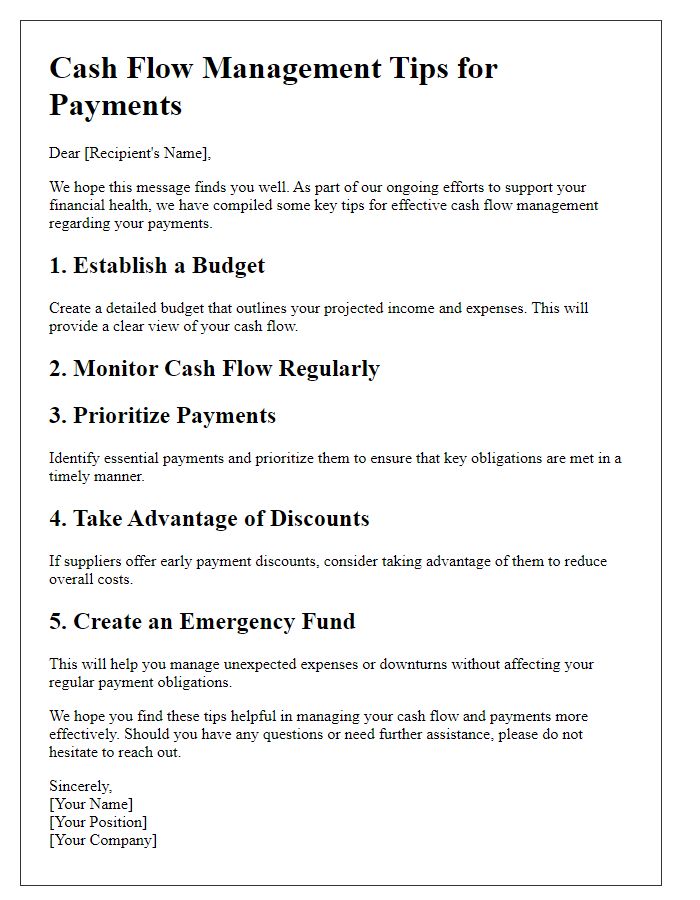
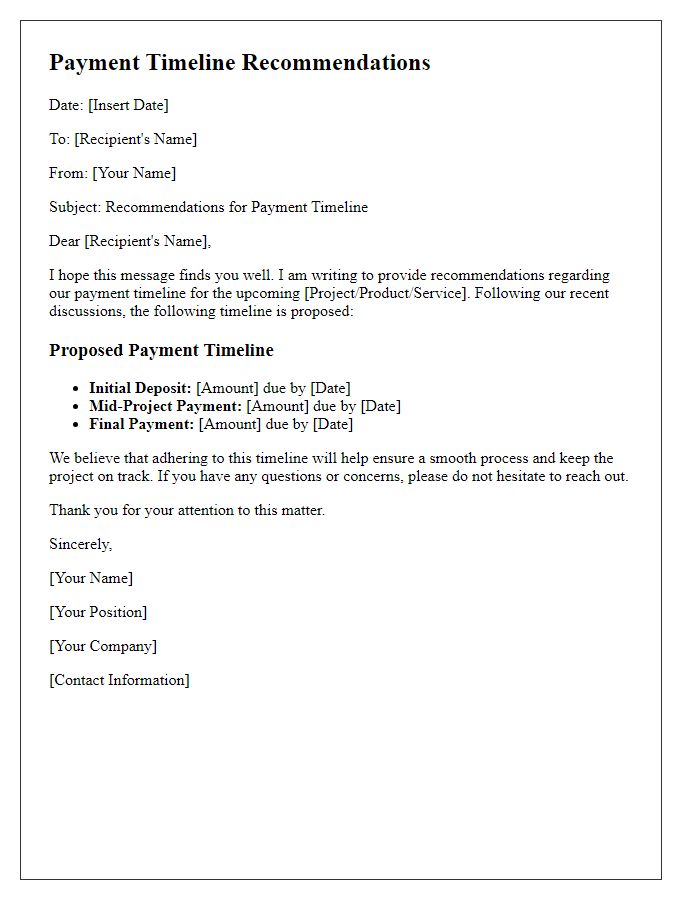
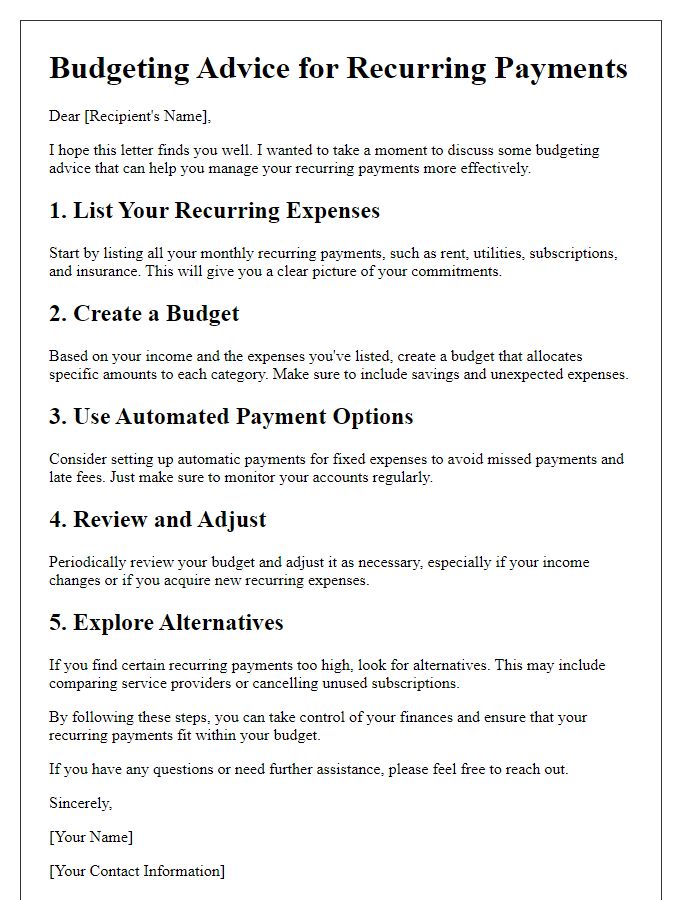
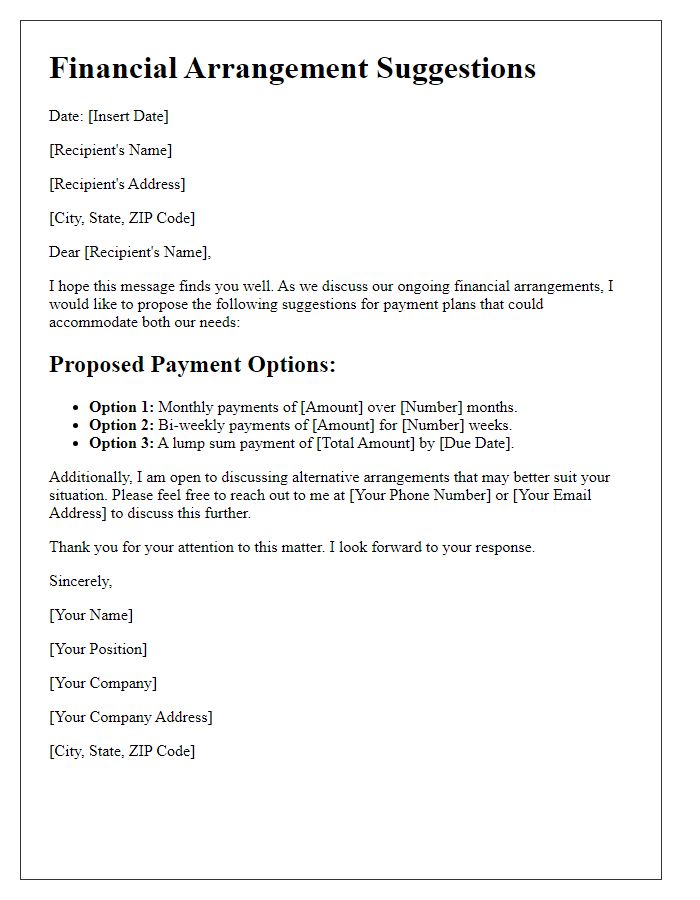
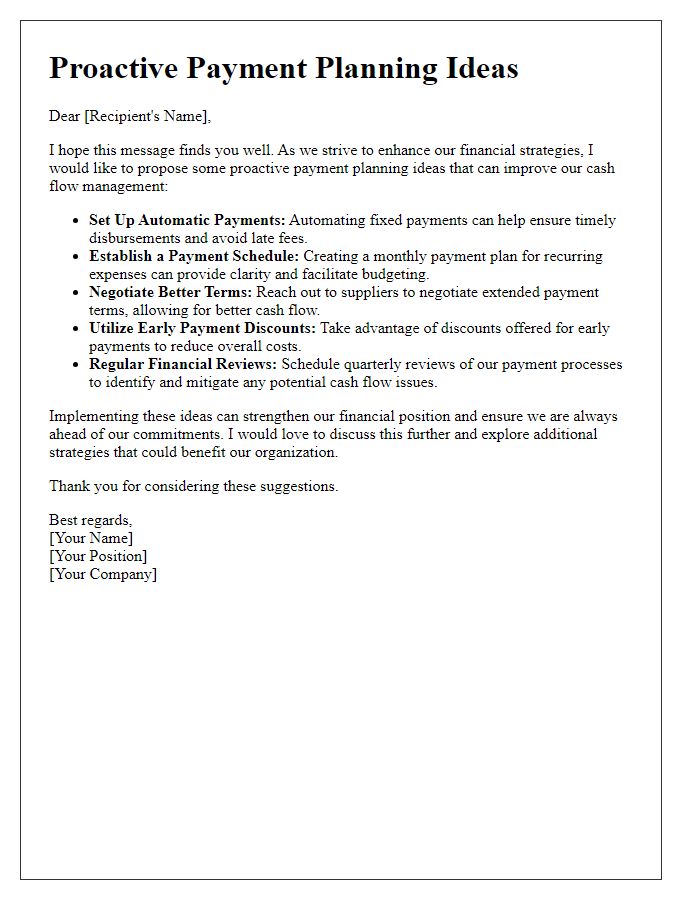

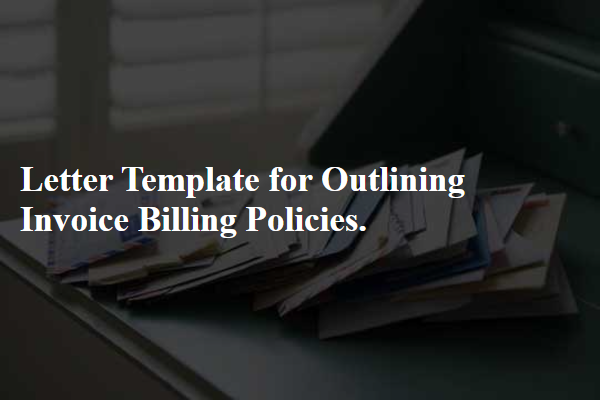
Comments